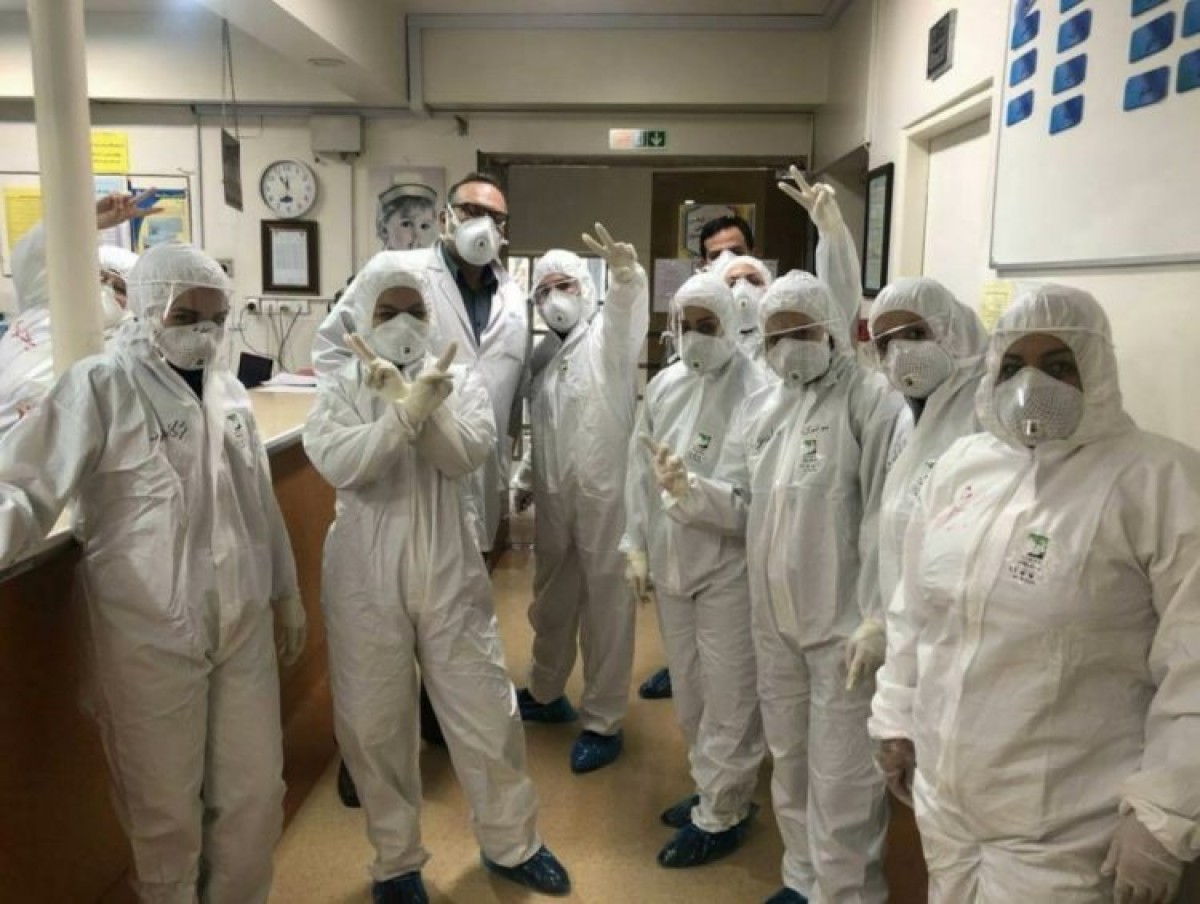 136
136
The Iranian Ministry of Health declared the outbreak of the COVID-19 pandemic in the country on February 19, 2020, reporting two confirmed instances of the viral disease.
The deadly COVID-19 began sweeping throughout Iranian provinces with its catastrophic impact within a short time.
At the time, scientists worldwide did not know the precise methods to combat COVID-19 or how to develop vaccines to overcome unknown diseases.
Furthermore, the Iranian medical system also experienced serious challenges owing to unlawful US sanctions, particularly the sanctions targeting the Iranian health system.
At the same time, the western media has employed all means of disinformation to permeate fear and confusion and exaggerate the situation across Iranian society.
It had only been a few months after the pandemic had broken out in Iran when Iranian health officials cheerfully announced the launch of national vaccine production.
Finally, on December 29, 2020, three volunteers were chosen to partake in the first phase of human testing for the Iranian-made COVIran Barekat vaccine.
Nonetheless, COVIran Barekat was not the only vaccine developed by Iranian researchers, and additional home-grown vaccines, including Razi, PastoCovac, Spikogen, Fakhra, and Noora, were able to get emergency use permission from the authorities and join the national immunisation programme.
Meanwhile, the ferocious attacks against home-grown vaccinations by London-based Persian-language media intensified, aiming to cast doubt on the efficacy and safety of Iran’s medical achievements.
The manufacture of indigenous vaccines was only the start of the fight against the infectious pandemic. As soon as President Ebrahim Raisi assumed office, his team faced the height of the 5th terrible wave of the pandemic, when 500 to 700 citizens perished every day.
However, the newly elected president immediately ordered the distribution of 100 million doses of vaccine and launched a nationwide vaccination campaign, which undoubtedly contributed to the remarkable decline in mortality rates.
Moreover, during the Omicron variant outbreak, President Raisi’s exceptional management decreased the country’s death rate from 700 per day to fewer than 200.
Finally, the pandemic in Iran was successfully contained due to the unwavering support and social solidarity of the Iranians and the round-the-clock efforts of Iranian medical personnel throughout the nation. Since almost a month ago, the daily COVID-19 fatality rate in Iran has been in the single digits. On June 2nd, after two years and one hundred days, it was officially announced that the death toll from COVID-19 disease had reached zero.
For the Iranian nation, achieving this magnificent feat is a blessed event.
In reaction to this exciting news, the Iranian Minister of Health and Medical Education, Dr Eynollahi, remarked, “Despite the unfair sanctions against Iran, which continued even during the COVID-19 crisis, our scientists were able to develop homegrown vaccines.”
He continued by stating that Iran now has six COVID-19 vaccine production centres, yet other bragging governments still have horrific morbidity rates, whereas this figure has reached zero in our country.
Comment
Post a comment for this article